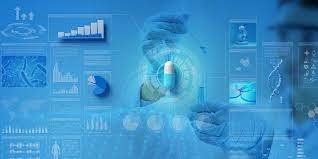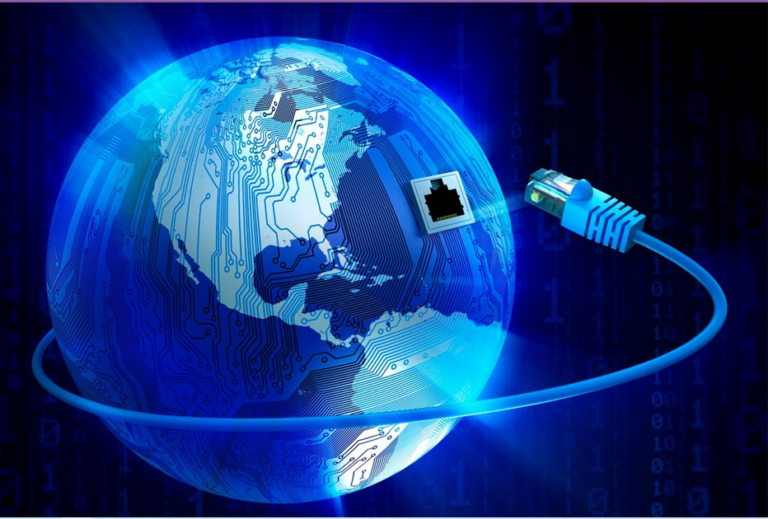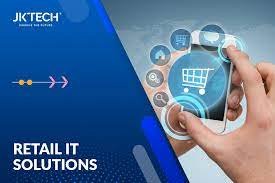I. Introduction
As urban landscapes evolve, the integration of technology has become instrumental in enhancing the efficiency, accessibility, and sustainability of public transportation systems. This article explores the multifaceted role of technology in shaping modern public transportation, from improving commuter experiences to optimizing system management and contributing to broader urban development goals.
II. Smart Ticketing and Fare Systems
a. Contactless Payment Solutions
- Digital Payment Methods: Technology has ushered in contactless payment options, allowing commuters to use digital wallets, smart cards, or mobile apps for seamless and secure transactions.
- Integration with Mobility Services: Smart ticketing systems are often integrated with other mobility services, creating a unified and convenient experience for users.
b. Real-Time Fare Information
- Dynamic Pricing: Some systems leverage real-time data to implement dynamic pricing models, optimizing fare structures based on demand and time of day.
- Transparent Fare Policies: Technology ensures transparency in fare policies, providing commuters with accurate and up-to-date information on ticket prices and discounts.
III. Intelligent Transportation Systems (ITS)
a. Traffic Management and Optimization
- Traffic Flow Monitoring: ITS incorporates sensors and data analytics to monitor traffic flow, allowing for dynamic traffic management and reducing congestion.
- Signal Coordination: Smart signals adjust in real time based on traffic conditions, improving the overall efficiency of transportation networks.
b. Predictive Maintenance
- Asset Monitoring: Technology enables the continuous monitoring of public transportation assets, predicting maintenance needs and minimizing service disruptions.
- Proactive Repairs: Predictive maintenance allows operators to address potential issues before they escalate, ensuring the reliability of transportation infrastructure.
IV. Digital Connectivity and Passenger Experience
a. Wi-Fi and Connectivity
- Onboard Wi-Fi: Many public transportation systems now offer onboard Wi-Fi, enhancing the passenger experience and enabling productivity during transit.
- Digital Amenities: Wi-Fi connectivity enables the provision of digital amenities such as real-time entertainment, news updates, and location-based services.
b. Navigation and Information Apps
- Real-Time Updates: Mobile apps provide commuters with real-time information on routes, schedules, and delays, empowering them to make informed travel decisions.
- Integration with Other Modes: Apps often integrate various transportation modes, including buses, trains, and rideshare services, offering comprehensive journey planning.
V. Sustainability Initiatives
a. Eco-Friendly Fleet Management
- Electric Vehicles (EVs): Many public transportation systems are adopting electric buses and trains, contributing to reduced emissions and improved air quality.
- Route Optimization for Fuel Efficiency: Technology assists in optimizing routes for fuel efficiency, minimizing the environmental impact of public transportation.
b. Data-Driven Planning for Urban Development
- Transportation Analytics: Data collected from public transportation systems inform urban planners about commuter patterns, aiding in the development of sustainable and efficient urban infrastructure.
- Accessibility Planning: Technology assists in designing transportation systems that are accessible and inclusive, addressing the diverse needs of the community.
VI. Challenges and Considerations
a. Data Security and Privacy
- Personal Information Protection: As technology gathers vast amounts of commuter data, ensuring the security and privacy of personal information becomes a critical consideration.
- Cybersecurity Measures: Robust cybersecurity measures are essential to safeguard transportation systems from potential cyber threats and attacks.
b. Equitable Access and Digital Divide
- Digital Inclusion: Efforts must be made to ensure that technological advancements in public transportation do not exacerbate existing digital divides, with a focus on inclusivity for all segments of society.
- Accessibility Features: Technologies should incorporate features that cater to the needs of diverse populations, including those with disabilities or limited access to digital devices.
VII. Future Trends and Innovations
a. Autonomous and Connected Vehicles
- Autonomous Shuttles: The integration of autonomous vehicles in public transportation systems holds the potential to enhance efficiency and reduce operational costs.
- Connected Vehicle Networks: Vehicles equipped with advanced connectivity features can communicate with each other and infrastructure, optimizing traffic flow and safety.
b. Mobility as a Service (MaaS)
- Integrated Mobility Platforms: MaaS platforms integrate various modes of transportation into a single, user-friendly interface, simplifying the planning and payment process for commuters.
- Subscription-Based Models: Future trends may see the emergence of subscription-based models, where commuters pay a flat fee for access to a range of transportation services.
VIII. Conclusion
Technology continues to redefine the landscape of public transportation, offering solutions that enhance efficiency, accessibility, and sustainability. As cities embrace smart transportation initiatives, the role of technology becomes increasingly integral in shaping the future of urban mobility. Overcoming challenges and ensuring equitable access will be paramount as advancements like autonomous vehicles and MaaS platforms pave the way for a connected, efficient, and sustainable public transportation ecosystem.
FAQs
- Q: How has technology improved the passenger experience in public transportation?
- A: Technology has improved the passenger experience through smart ticketing systems, real-time information apps, onboard Wi-Fi, and digital amenities. Commuters can access convenient payment options, stay informed, and enjoy connectivity during transit.
- Q: What is the role of Intelligent Transportation Systems (ITS) in public transportation?
- A: ITS contributes to traffic management, optimization, and predictive maintenance in public transportation. It incorporates sensors and data analytics to monitor traffic flow, adjust signals, and predict maintenance needs for efficient and reliable operations.
- Q: How does technology contribute to sustainability in public transportation?
- A: Technology contributes to sustainability through eco-friendly fleet management, such as adopting electric vehicles and optimizing routes for fuel efficiency. Additionally, data-driven planning informs urban development initiatives for a more sustainable transportation infrastructure.
- Q: What challenges are associated with the role of technology in public transportation?
- A: Challenges include data security and privacy concerns, the need for equitable access to technological advancements, and considerations for digital inclusion to address potential divides in society.
- Q: What are some future trends in the role of technology in public transportation?
- A: Future trends include the integration of autonomous and connected vehicles, the development of Mobility as a Service (MaaS) platforms, and subscription-based models for simplified planning and payment processes.






